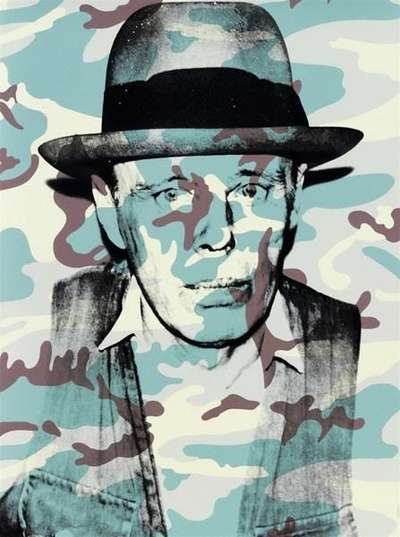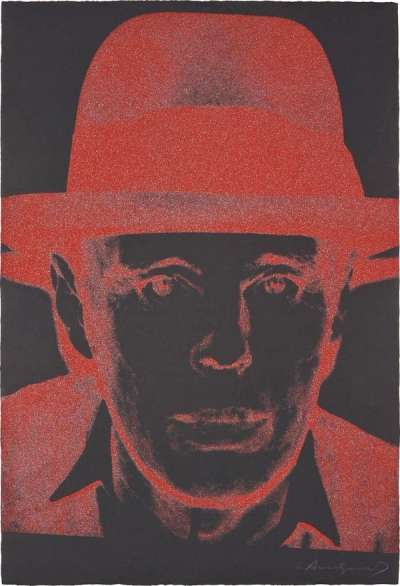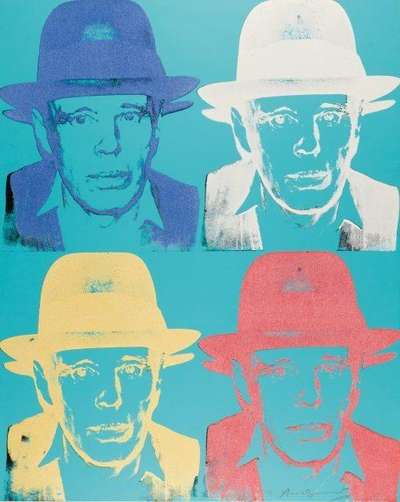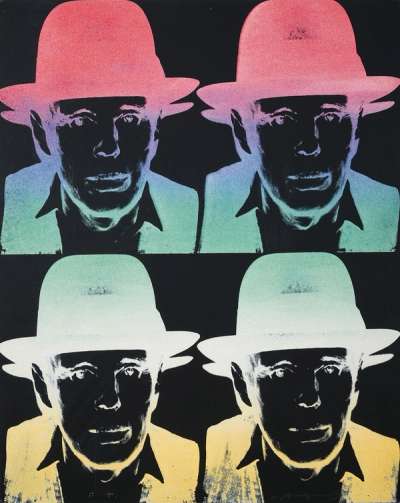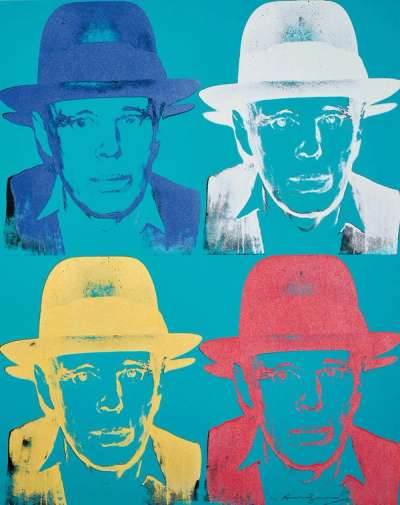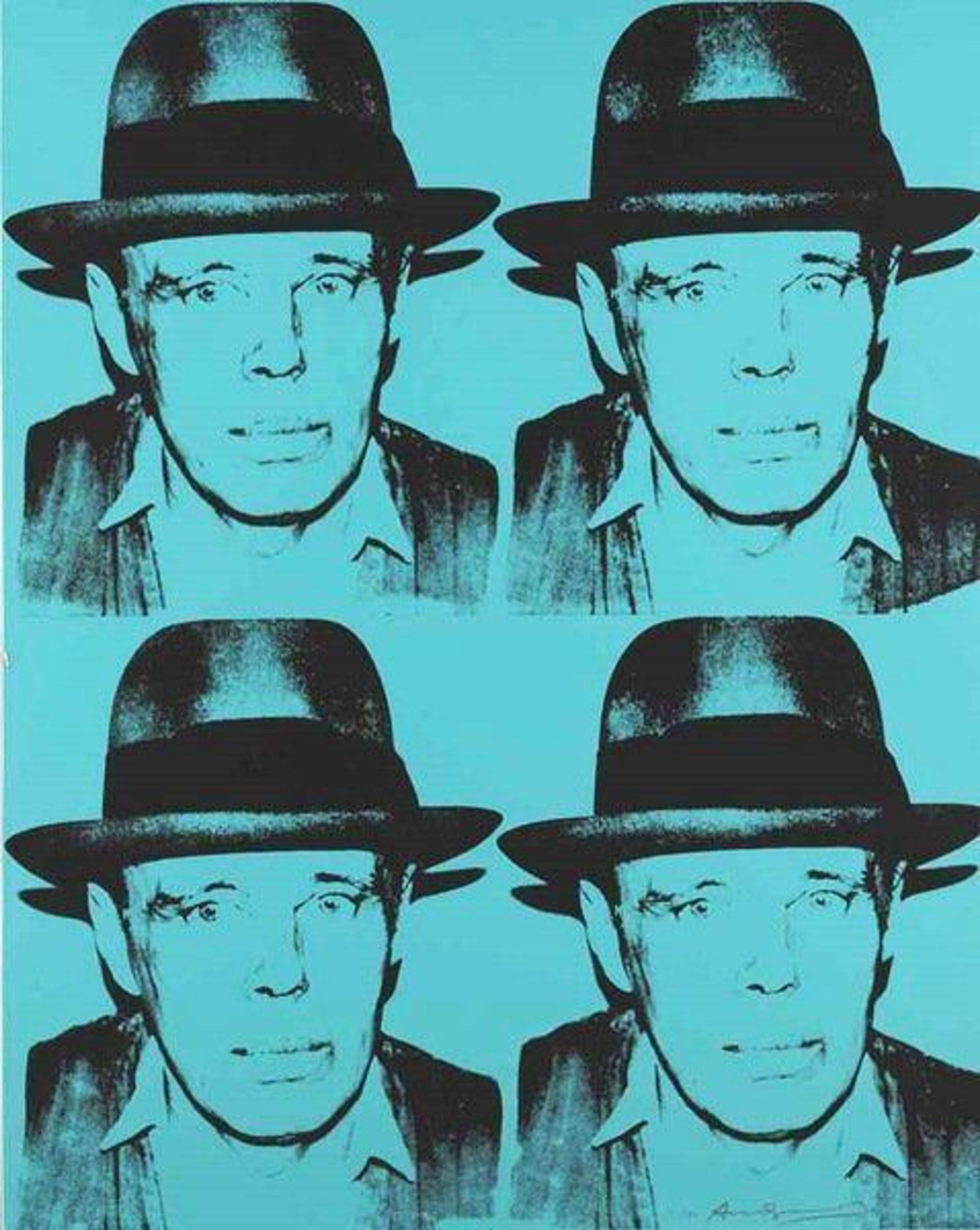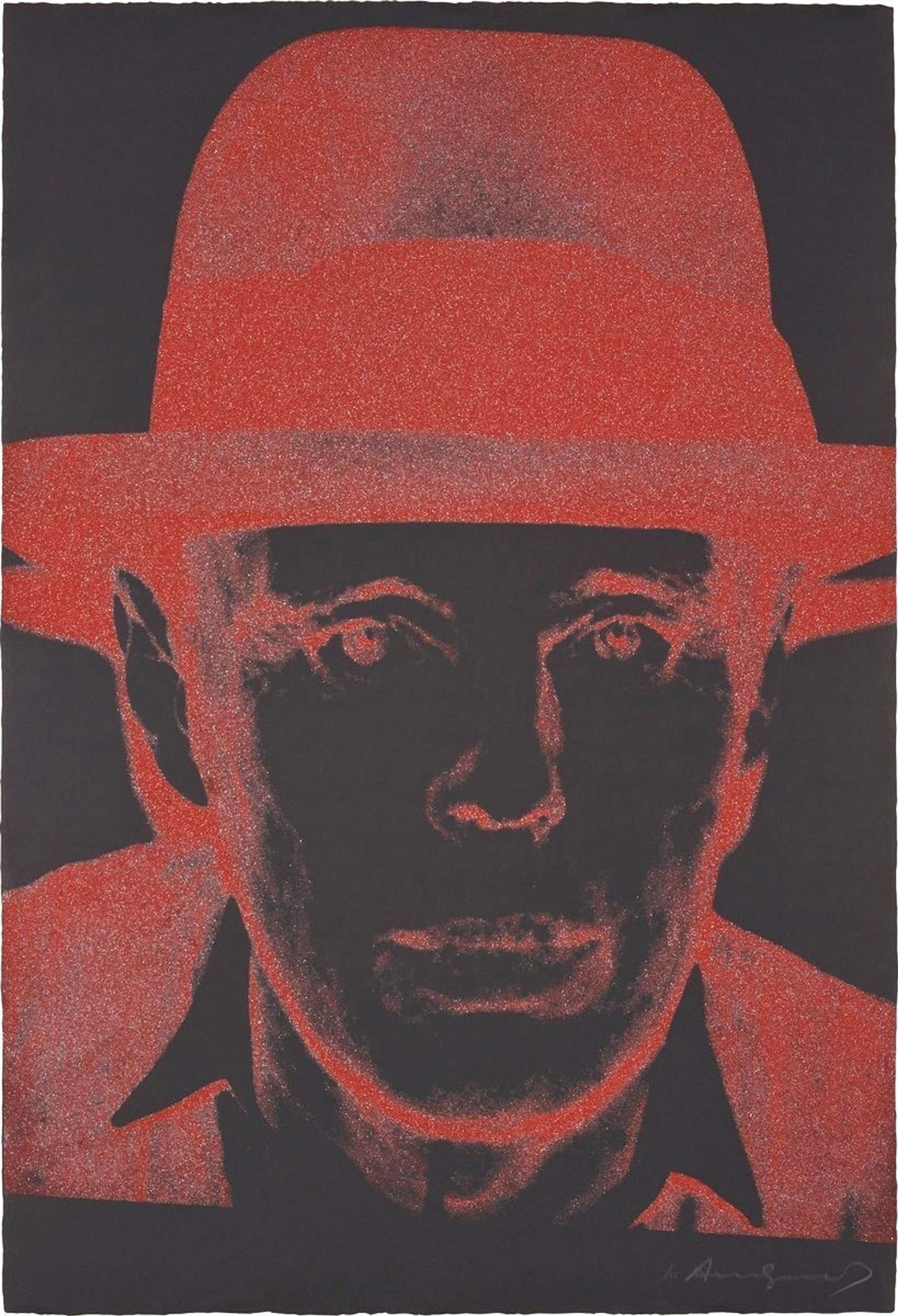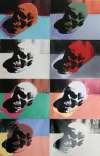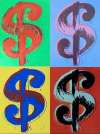Joseph
Beuys
This 1980 Andy Warhol series portrays German performance and installation artist, Joseph Beuys, in his trademark felt hat. Beuys’ understanding of art as a catalyst for social and political change is undoubtedly present in his direct, frontal confrontation with the viewer.
Andy Warhol Joseph Beuys For sale
Joseph Beuys Value (5 Years)
With £87699 in the past 12 months, Andy Warhol's Joseph Beuys series is one of the most actively traded in the market. Prices have varied significantly – from £1986 to £49212 – driven by fluctuations in factors like condition, provenance, and market timing. Over the past 12 months, the average selling price was £17539, with an average annual growth rate of 7.94% across the series.
Joseph Beuys Market value
Auction Results
| Artwork | Auction Date | Auction House | Return to Seller | Hammer Price | Buyer Paid |
|---|---|---|---|---|---|
 Joseph Beuys (F. & S. II.243) Andy Warhol Signed Print | 7 Jun 2025 | Ketterer Kunst Hamburg | £11,050 | £13,000 | £19,000 |
 Joseph Beuys In Memoriam (F. & S. II.371) Andy Warhol Signed Print | 22 Jan 2025 | Seoul Auction | £5,950 | £7,000 | £8,000 |
 Joseph Beuys (F. & S. II.242) Andy Warhol Signed Print | 22 Oct 2024 | Sotheby's New York | £9,350 | £11,000 | £15,000 |
 Joseph Bueys State II (F. & S. II.243) Andy Warhol Signed Print | 29 Nov 2023 | Germann Auctions | £21,250 | £25,000 | £30,000 |
 Joseph Beuys State III (F. & S. II.244) Andy Warhol Signed Print | 29 Nov 2023 | Germann Auctions | £19,550 | £23,000 | £28,000 |
 Joseph Beuys (F. & S. II.246) Andy Warhol Signed Print | 28 Sept 2022 | Christie's London | £14,450 | £17,000 | £23,000 |
 Joseph Beuys (F. & S. II.245) Andy Warhol Signed Print | 10 Jun 2022 | Sotheby's Paris | £11,475 | £13,500 | £18,000 |
 Joseph Beuys (F. & S. II.247) Andy Warhol Signed Print | 27 Nov 2019 | Germann Auctions | £9,775 | £11,500 | £14,000 |
Sell Your Art
with Us
with Us
Join Our Network of Collectors. Buy, Sell and Track Demand
Meaning & Analysis
Donning his trademark felt hat, Joseph Beuys looks directly out at us from Warhol’s screen print portraits of the contemporary artist. It shows the artist staring out at the viewer while wearing his trademark felt hat. The print varies significantly from others in Warhol’s oeuvre for its fading colours that make Beuys’ face appear more like a stain on the canvas than an icon in Warhol’s hall of fame. Yet, the work shows Warhol once again testing the limit of his chosen medium, that of the screen print. He first worked with serigraphy – as screen printing is also known – in the early 60s after experimenting with lithography and monoprinting. Taking a publicity shot ofMarilyn Monroe he cropped her face, enlarged it and then overlaid it with bright colours to enhance her iconic features. That work is now known all over the world and Warhol’s continued use of this medium ensured that his name would become almost synonymous with it, his fame almost equal to that of the stars he portrayed.
So who was Joseph Beuys? Beuys was famous for his performances and installations. He is widely considered to be one of the most influential artists of the second half of the 20th century and obviously had a lasting impact on Warhol. In 1985 the two artists collaborated, together with Japanese artist Kaii Higashiyama, when they became involved in the ‘Global-Art-Fusion’ project which involved sending a fax of three drawings by the artists around the world in a message of peace during the Cold War. They met for the first time however in 1979 when Warhol took a polaroid of Beuys from which the series of portraits which later became prints is painted. Warhol was immediately a big fan of Beuys stating, “I like the politics of Beuys. He should come to the US and be politically active there. That would be great... He should be President.” They only met a handful of times after that but maintained a mutually respectful relationship while continuing with their vastly different practices.
